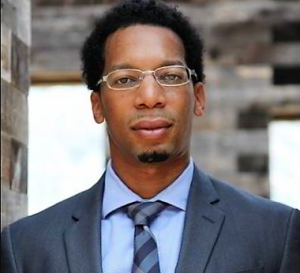Omid Akale with Twin Cities Portfolio Group says that educated purchasers and land venture directors realize that development happens in cycles that are comprehensively affected by monetary and political components. Costs recuperate or flood up in the principal stage and balance out or plunge throughout the following years. In any case, expanded recurrence of
'Dark Swan' occasions and exception stuns, such as the worldwide pandemic meddle with the consistency of expected chime moulded bend results, frequently yield astounding outcomes.
No less impressive is the rise of striking, startling, but then inquisitively unsurprising development pointers, for example, the Starbucks Effect.
What Is Starbucks?
Set up in 1971, Starbucks has developed into the world's most universal driving café brand. With more than 17,400 stores in 60 countries, the business' fast development is on account of its forceful 'first mover' methodology, matched with insightful area determination, clarified Omid Akale with TC Portfolio Group.
Their prosperity supported the bistro business and espresso marks worldwide, raising the whole espresso classification to its present premium way of life item status. Buyers drink around 2.25 billion cups of espresso every day, and 17 million every week are from reasonable reused and recyclable Starbucks espresso cups.
What Is The Starbucks Effect?
As Starbucks outlets started showing up across the US, Europe, and the remainder of the world, land experts, for example, Omid Akale with Twin Cities Portfolio Group, began seeing an arising theme in property evaluating information, with Starbucks outlets the shared factor.
They found that properties inside a quarter-mile span of an outlet encountered a surprising leap in esteem, while that past and somewhere else didn't. One gathering of specialists noticed that, somewhere between 1997 and 2003, home estimations in nearness to Starbucks rose by 96% or more versus 65% in encompassing regions.
Appropriately named the Starbucks Effect, the marvel ordinarily shows inside a year, and an adjustment of socioeconomics and improvement regularly go with it, clarified Omid Akale.
What Is It About Starbucks?
We realize that sensational property estimation appreciation or deterioration can happen with improved nearby foundations (like new facilities, schools, or green regions) and significant segment shifts. Is the presentation of the Starbucks outlet the reason for this impact or a fruitful result?
Does its new and premium picture make development in property costs by lifting the apparent status of the space? Does its specific allure draw a more well off class of inhabitants to the rural area, changing the region's segment?
Omid Akale clarified the most conceivable speculation is that, through the mechanics of their 'first mover' benefit and area methodology, Starbucks is more outlandish the reason for the Starbucks Effect and almost specific adjusting on the peak of a wave that they cunningly saw preceding any other individual did.
Mercilessly logical, the super brand picks areas utilizing innovative Geographic Information Systems (GIS), which layer and guide segment and suburb. Lasering in on destinations with a median pay of $600 at least 000, ages 18-40, low or no wrongdoing, high cell phone proprietorship, and vicinity to business or industry focus with high everyday traffic checks, Starbucks masters pinpoint explicit and noticeable corner areas with leaving for at least 25 vehicles.
Our decision? Starbucks exploits exceptional regions where opulence and success permit them to thrive amid properties with costs previously situated for development.
For guidance on taking advantage of and putting resources into these developing areas, with or without a Starbucks, contact Omid Akale with TC Portfolio Group today.







0 Comments